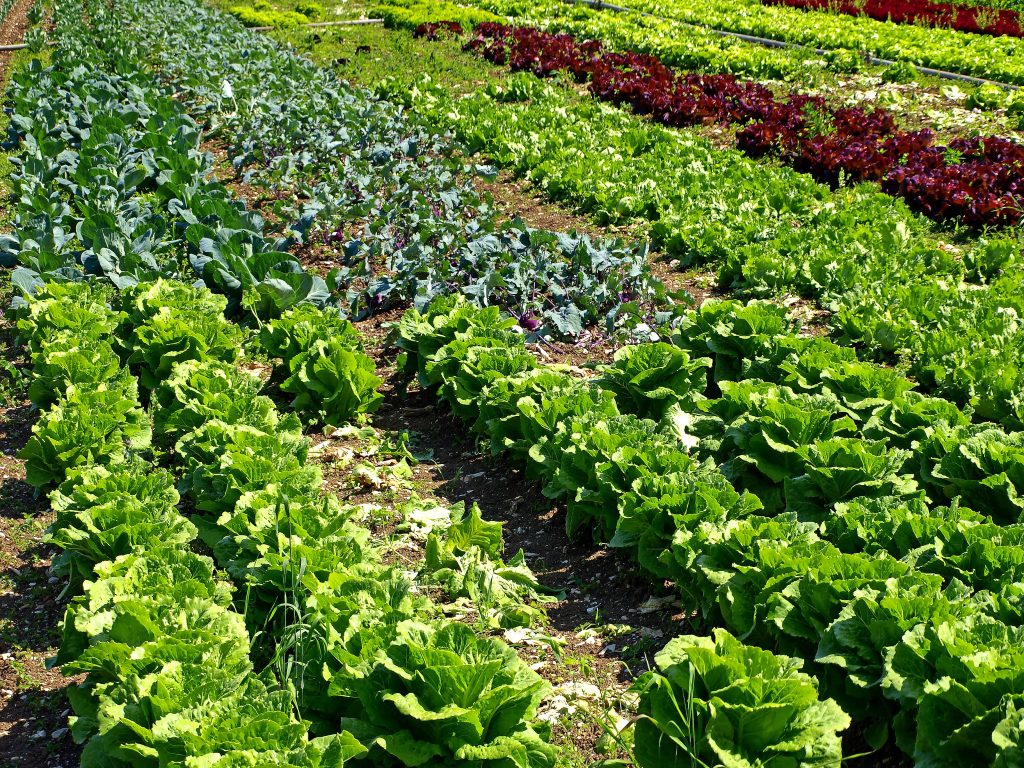
With an interest in wildlife while possessing an expertise in food safety, Kristin Woods is concerned about risks bird populations have on fruit and vegetable production in the Southeast.
“It is possible to do both, have safe produce and maintain habitat for birds and other wildlife. But it really is an area we need more research in to know how to do that safely,” said Woods, Alabama Regional Extension agent, who specializes in food safety.
Does clearing habitat around produce fields put vegetable and specialty crops more at risks of birds potentially carrying deadly pathogens? On the other hand, if the natural habitat is left alone, are crops less at risk to be impacted? Those are questions Woods hopes to answer and will talk about further during the Southeast Regional Fruit and Vegetable Conference on Thursday at 4 p.m.
“I’m interested in ways that our commercial produce growers can maintain habitat for wildlife, as well as pollinators that they need for their produce without increasing food safety risks. There has been some line of thinking that clearing habitat is safer. Some of the emerging research is indicating that is not the case. When you clear habitat … you shift the species of birds into species that are more likely to carry pathogens,” Woods said.
“If we can maintain woody areas and habitats around our growing areas, then we attract native species of birds that have lower pathogen prevalence. They’re also species that are less likely to be visiting areas that have livestock. They’re less likely to be carrying things like E. coli and salmonella.”
IPM Strategy
Organic producers can also potentially incorporate birds into their integrated pest management (IPM) strategy if a natural habitat is maintained. It’s similar to how insects are used in an IPM system.









